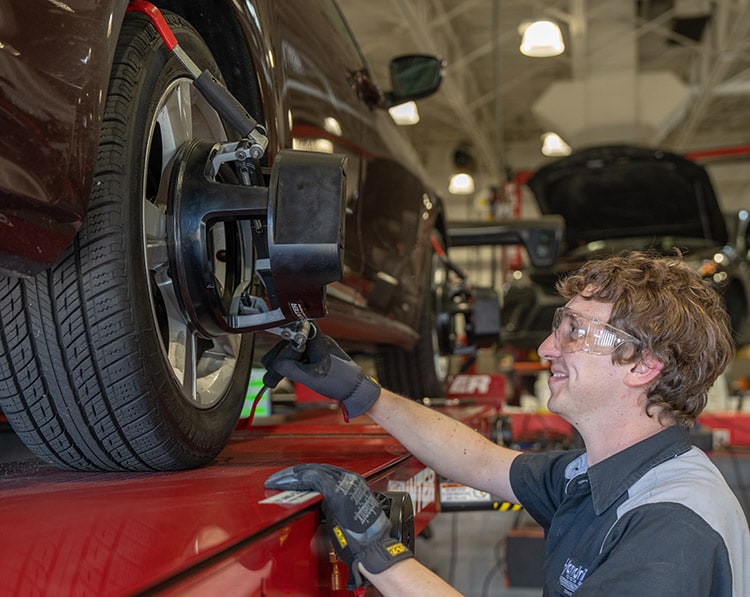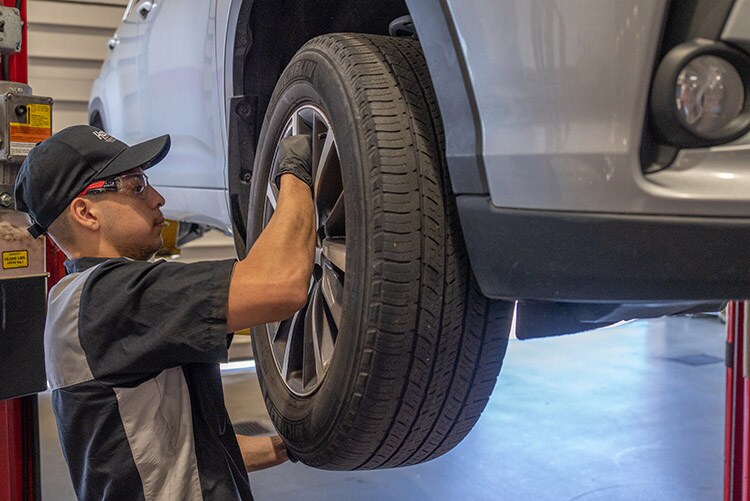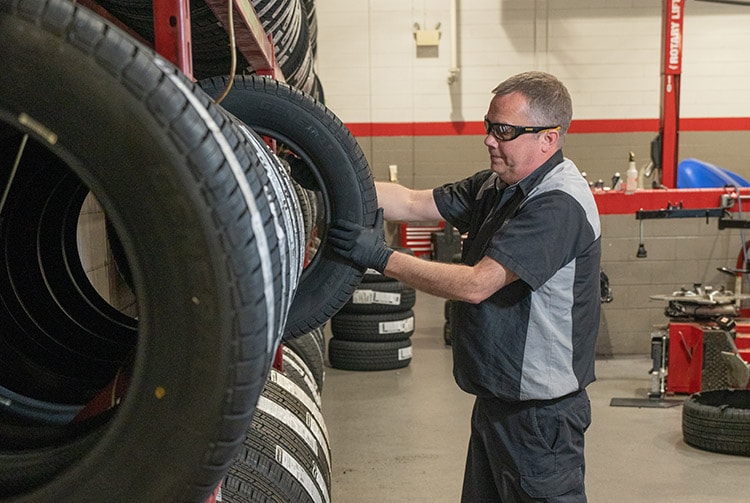Don't tread lightly when it comes to tire safety

An overlooked aspect of vehicle maintenance can be the consistent upkeep of your tires. As we move into the summer months, road construction and obstacles increase while road infrastructure can diminish after the unpredictable weather of winter and spring.
To get you started, below are a few tips from the HendrickCars.com blog for maintaining your tires this summer:
TIRE PRESSURE: At least once a month, take a tire pressure gauge and measure the pressure in each one of your tires. If you do not know what pressure is optimal, please consult your vehicle’s operating manual or your tire’s manufacturer specifications. Additionally, many modern vehicles have tire pressure sensors or dashboards that provide psi information.
INSPECT YOUR TIRES: It does not take much to damage your tires. Always check for signs of rubber compound damage such as cuts, bulges or punctures. If you have any questions or concerns, immediately schedule a professional inspection – and we humbly suggest connecting with your nearest Hendrick Automotive Group service advisor for that service.

ROTATE: To insure your vehicle’s tire wear remains even, we would suggest regularly rotating your tires. Consult with your manufacturer’s operating manual to learn more about your vehicle’s rotation interval and patterns.
BALANCE AND ALIGNMENT: Misaligned and/or imbalanced tires can cause uneven wear and affect a vehicles handling. Like the above suggestions, have your tires balanced and aligned on a regular basis, especially if you notice a vibration during any part of your drive.
TREAD DEPTH: This is an important one. Monitor the tread depth of your tires on a regular (monthly) basis. In some municipalities and areas, the minimum tread depth you can legally ride on is 2/23 of an inch. Use a tread-depth tire gauge for measurements, or locate the wear indicators on your tread. Immediately replace any tires that are beyond the limits of safety.
SCHEDULE SERVICE I SHOP INVENTORY I EXPLORE CAREER OPPORTUNITIES
AVOID OVERLOAD: An overloaded vehicle can place unnecessary strain on your tires and lead to premature wear and tear. Consult with your vehicle’s operating manual to better understand its load capacity, and check the integrity of your tire’s sidewalls after carrying a heavy load.

PROPER STORAGE: If you need to store your tires for any extended period, store them in a cool, dry location away from direct sunlight. Store vertically and avoid heavy stacking items on top.
REGULARLY CLEAN: Using a mild soap and water combination, remove dirt, debris and any corrosive substances like road salt or sand from your tires. Avoid using harsh chemicals or cleaner that could damage – or dry out – your tire’s rubber compound.
DRIVING HABITS: As with any high-performance environment, sudden acceleration, hard braking and fast turns can contribute to quicker degradation of your wheels. Additionally, be cautious when driving through potholes or over others obstacles or deviations in the pavement to prevent sudden tire damage.
If you are unsure about any aspect of tire maintenance, consult your vehicles operating manual or schedule an appointment with a Hendrick Automotive Group service advisor.
SCHEDULE SERVICE I SHOP INVENTORY I EXPLORE CAREER OPPORTUNITIES
 AdChoices
AdChoices